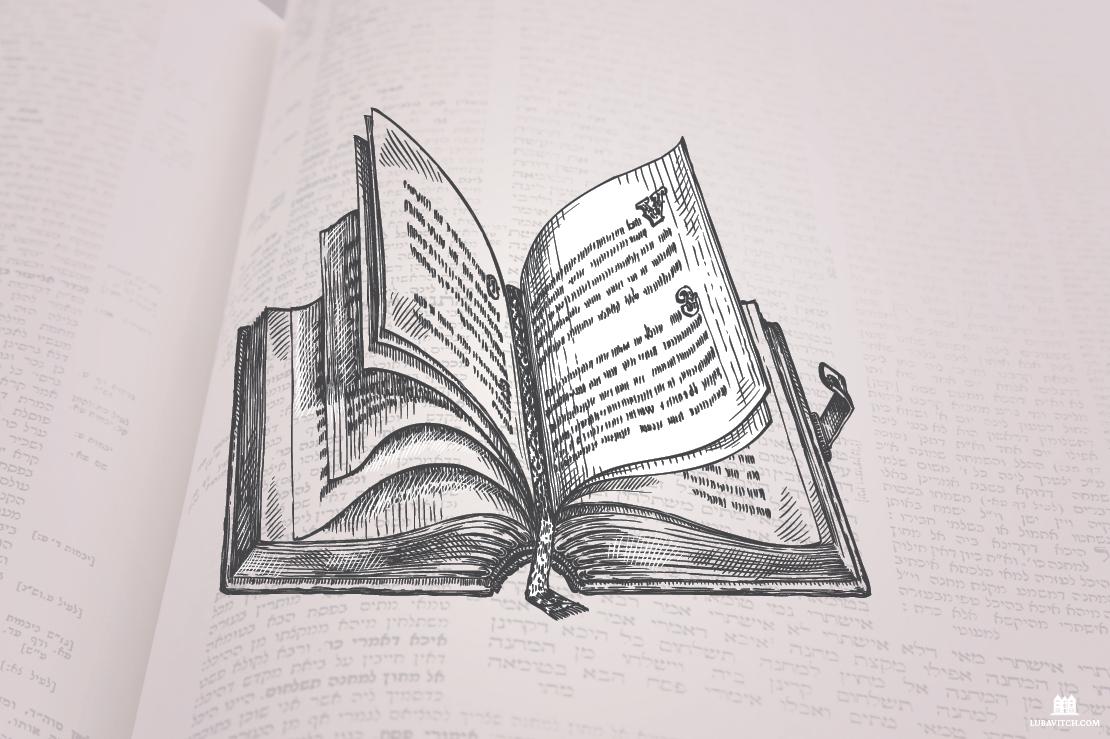The three major holidays of the month of Tishrei are so important that each of them merited its own tractate of the Talmud: Tractates Rosh Hashanah, Yoma, and Sukka.
Here are some topics discussed in these tractates.
A. A famous argument in the Talmud examines the following question: Is one said to have fulfilled a mitzvah if they did so unintentionally? The Sages disagree, but in their discussion, they consider our obligation to hear the sounding of the shofar on Rosh Hashanah. To illustrate how one might hear the sound of a shofar without intention to fulfill the mitzvah, the Sages refer to which one of the following examples:
- As an alarm waking people for work
- As a trumpet call to go to war
- As a practice session for the Rosh Hashanah ritual
- As a musical instrument playing the notes of the Rosh Hashanah shofar blasts
B. In order to verify the first of the new month and thereby determine the dates when holidays will be observed, witnesses were solicited to testify that they saw the new moon. The Mishna relates that Rabban Gamliel kept shapes of the different stages of the moon’s appearance in his office for the purpose of corroborating witnesses’ testimony. The Talmud explains that Rabban Gamliel did not violate the prohibition against the “making of forms of celestial bodies,” because:
- The forms were made by someone else
- They were made for the purpose of studying, which is permitted
- The shapes were made out of discrete parts, which is permitted
- All of the above
C. The Mishna describes the daily routine in the Holy Temple in Jerusalem. It began with someone ascending to the roof to announce that the sun has risen and is seen shining as far as the city of Hebron. According to the Babylonian Talmud, why was that necessary?
- Because, on a cloudy day, they once mistook the moon for the sun and started the day services before daybreak
- To recall the glory of King David, whose kingdom was first established in Hebron
- Because seeing sunrise evokes a spirit of awe
- To recall the patriarchs who are buried in Hebron
D. The Ark of the Covenant, which held the Tablets, stood in the Holy of Holies in the First Temple in Jerusalem. The Talmudic sages consider what happened to the Ark after the Temple’s destruction. Rabbi Shimon Bar Yochai opined that it was:
- Hidden in a cave under the Temple
- Hidden outside of Jerusalem
- Exiled to Babylonia
- Destroyed
E. The Talmud tells us that a community leader who instills fear in his congregation will:
- Be rewarded with long tenure
- Be punished with ignorant children
- Cause the community to rebel against him
- Be revered by the scholars and the simple folk
F. According to the Tannaic sage Rabbi Yehuda, the greenery that we use to cover the Sukka should come only from the following trees:
- The seven kinds that the land of Israel is blessed with (Deuteronomy 8:8)
- Fig trees
- The four kinds that we take with the Lulav (Leviticus 23:40)
- Grape trees
How many did you guess correctly? Comment below!
This article was featured in the Tishrei edition of the Lubavitch International magazine. To subscribe please click here.
ANSWERS:
A: 4 (Rosh Hashanah 28a)
B: 4 (Rosh Hashanah 24b)
C: 1 (Yoma 28b)
D: 3 (Yoma 53b)
E: 2 (Rosh Hashana 17a)
F: 3 (Sukka 36b)

Be the first to write a comment.